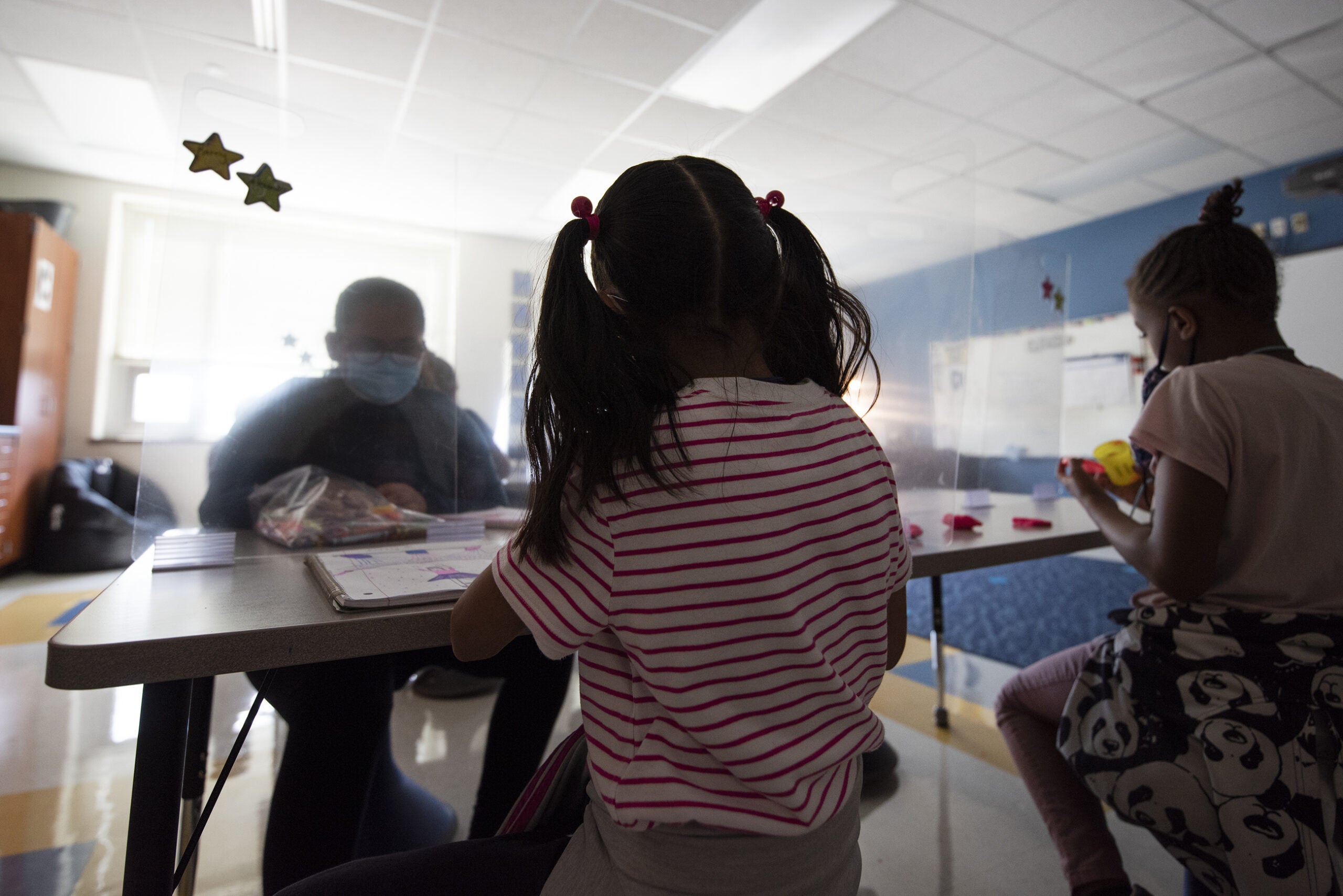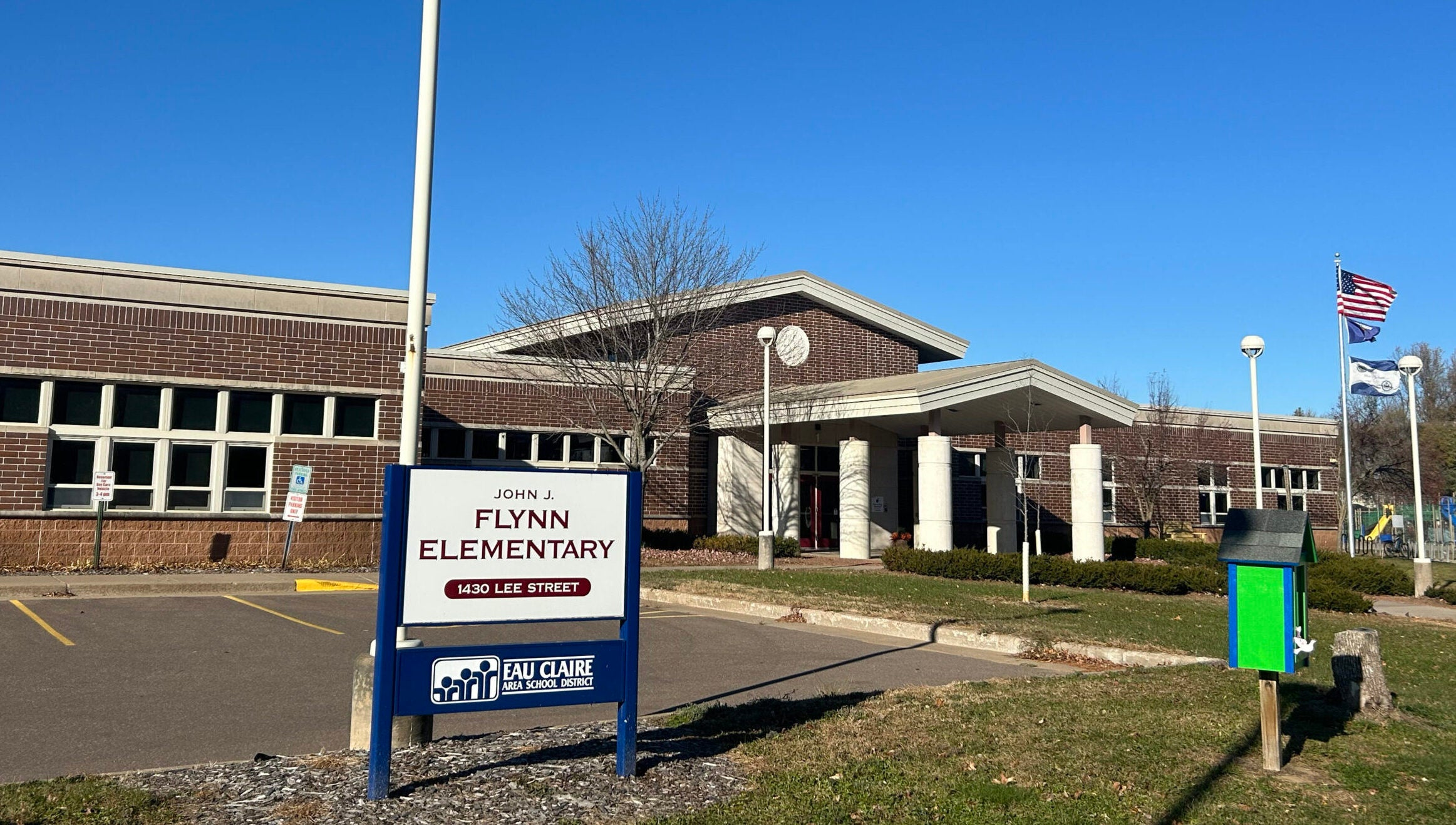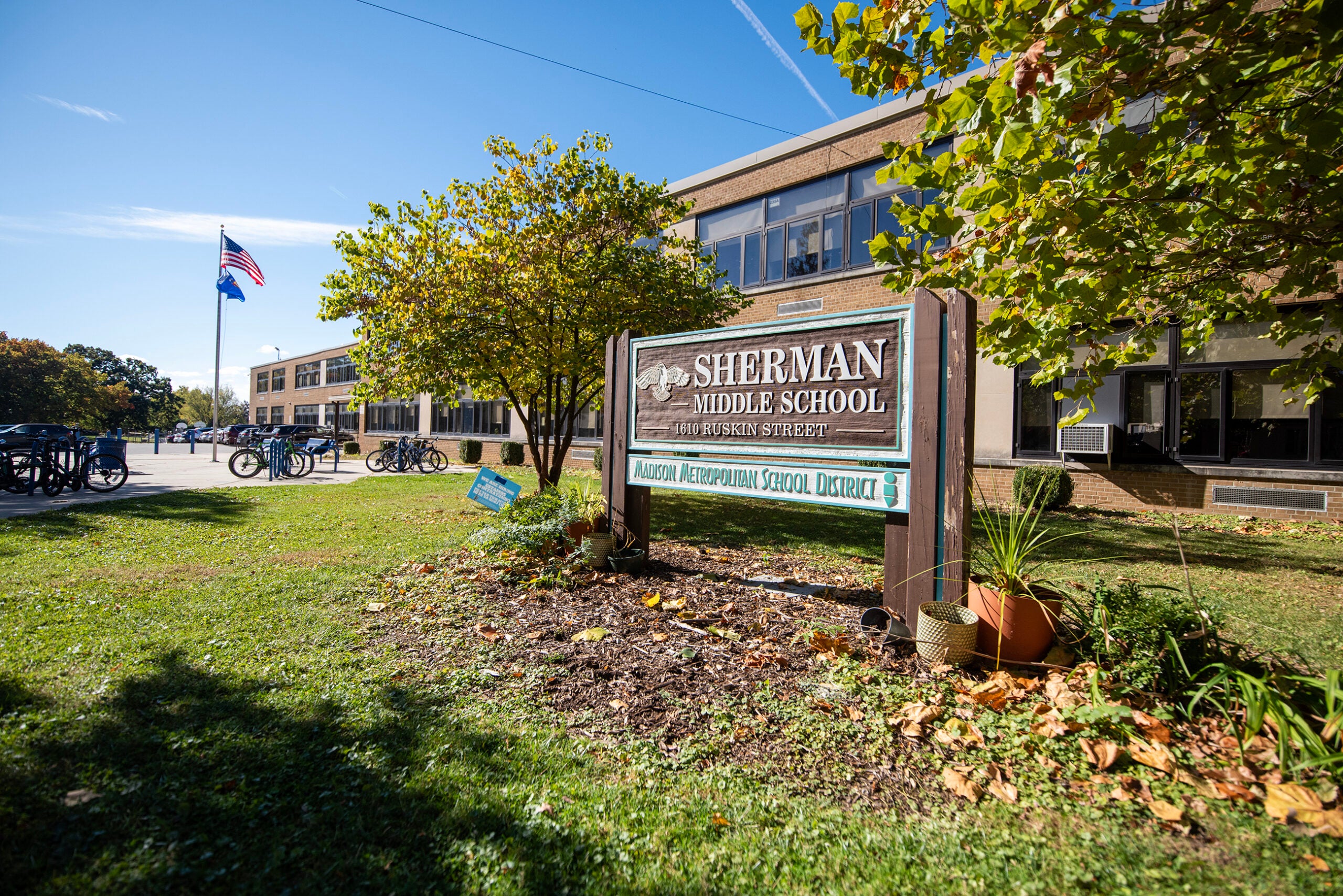School districts across Wisconsin could see lower funding because of summer school enrollment drops early in the COVID-19 pandemic that in many cases haven’t fully recovered. That’s according to a new Wisconsin Policy Forum report released Wednesday.
The report found summer school enrollment trended upward in the decade prior to the pandemic, reaching a peak of 19,905 full-time equivalent, or FTE, students in 2019. Districts report summer school enrollment in terms of full-time students, so students in half-day programs would count as half of a full-time student.
2020’s enrollment dropped more than 57 percent to 8,506 FTE students. While 2021’s numbers recovered to 17,569 FTE students, that’s still less than 90 percent of the 2019 enrollment peak.
News with a little more humanity
WPR’s “Wisconsin Today” newsletter keeps you connected to the state you love without feeling overwhelmed. No paywall. No agenda. No corporate filter.
“While the increase from the low in summer 2020 is encouraging, the continued enrollment shortfall raises concerns, especially given evidence that student need and academic gaps grew during the pandemic, boosting the potential value of summer school as an intervention,” the report reads.
Green Bay’s district superintendent Stephen Murley said summer school has “never been more important.”
“Given the challenges that we’ve had with the pandemic with online learning and hybrid learning, there’s no more important time to give students the opportunity to improve their academic skill sets than summer school right now,” Murley said.
Though school enrollment numbers are used to determine how much money schools can pull in through a combination of state aid and property taxes, those revenue limits are based on a three-year “rolling” average of September enrollment and 40 percent of summer full-time enrollment. That means the averages used next school year will reflect two years of pandemic enrollment, alongside a pre-pandemic school year.
Janell Decker is Deputy Chief Academic Officer with the Racine Unified School District. She said while the lower enrollment in 2020 did hurt, the district is looking ahead.
“We’re always just looking to increase enrollment and give anybody the opportunity to come and experience any of our academic options or enrichment options,” Decker said.
Some districts bore the brunt of the pandemic’s impact on programs more than others. The report found among the 13 largest school districts in the state, 2020 enrollment drops compared to 2019 ranged from around 33 percent in Kenosha to as much as a 75 percent loss of FTE students in Appleton.
Eau Claire’s district saw more than a 74 percent decrease. Executive Director of Teaching & Learning Jim Schmitt said the pandemic played significantly into that.
“People got finished that spring, and they really weren’t looking for more online opportunities, they were looking for more things where people could be engaged in person,” Schmitt said. “Obviously, things weren’t allowing for that to happen.”
2021’s outcomes were even more variable. Milwaukee, for example, lost a few more FTE students, while other districts recovered, but not quite at the state’s average rate.
Schmitt said Eau Claire’s increase last year was dramatic enough that the district almost couldn’t support it.
“We had a lot of people that were really fatigued from the year of teaching through the pandemic, through (the) 2020-21 school year,” Schmitt said. “At the same time, we had this, just, strong desire for families to be engaging in summer programming, which was just wonderful.”
Green Bay schools saw an even more significant increase. The report found while the district suffered a more than 35 percent drop in enrollment between 2019 and 2020, the district managed to almost double its 2019 enrollment levels last year, reaching 908 FTE students.
Murley noted around 7,000 students enrolled for the district’s programs in 2021. He said it was a “great return on investment” for the schools and for students.
“It’s really a double win,” Murley said. “Not only do they not slide, but they improve, so then they leave last school year, and they come into the next school year ahead of where they were last year, instead of being behind where they were last year.”
Decker said engagement is another benefit of summer school.
“It just really helps them to keep practicing those communication skills or socio-emotional skills and reinforce or even extend academic skills in the summer,” Decker said.
Murley said remediation and learning were just one part of the equation.
“They might have been doing some really intensive reading, writing, and mathematical skills in the morning, but then the idea was to ensure that they were having fun in the afternoon while they were learning,” Murley said.
Green Bay’s district offered full-day programs and collaborated with community partners to make summer school more accessible for parents.
“If you do it right, and you involve children, parents and community partners in the planning process, you can build a model that works better for the families in the community, but still provides the academic jumpstart that you need to get kids ready for the next year,” Murley said. “It really is a balancing act.”
Decker said Racine’s district has “really listened to the community” in developing its summer school plans.
The report notes summer school may not be a one-size-fits-all solution.
“Notably, the additional time it provides is not itself a silver bullet,” the report reads. “(T)he most effective voluntary summer programs offer high-quality instruction in a positive climate and emphasize consistent attendance.”
Murley said his district has been trying to prove the value of summer school to legislators. Federal relief dollars helped pay for Green Bay’s program last year, but Murley says it’s not clear whether the district will be able to keep the expanded programs going in the long run.
Decker said Racine might not be able to provide services such as pre-packaged lunches that have been available during the pandemic.
“I understand that things need to kind of, you know, go back pre-COVID or normal, but hopefully, there’s more reflection on that, and our new normal looks a little different,” Decker said.
In the meantime, registration in Eau Claire and other areas is already underway for the next summer school session.
“We’re seeing some very, very good numbers,” Schmitt said. “Families want their kids to be involved in engaging activities in the summer.”
Wisconsin Public Radio, © Copyright 2026, Board of Regents of the University of Wisconsin System and Wisconsin Educational Communications Board.





